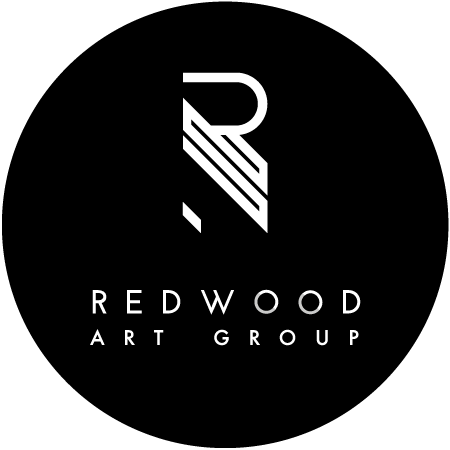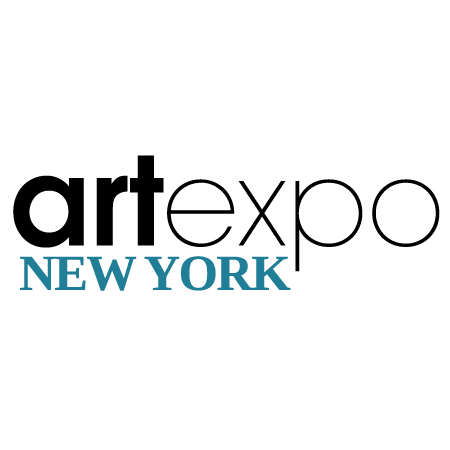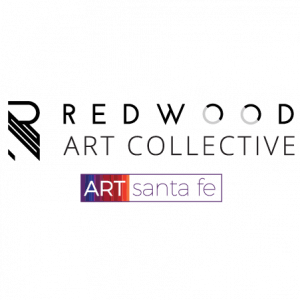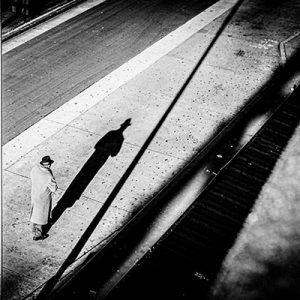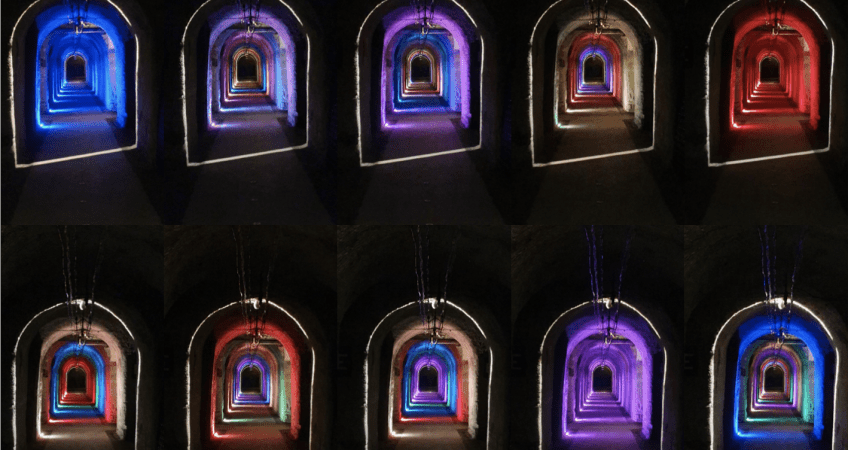
Art and Champagne with Madame Vranken
Quality pushed to the extreme is Pommery Champagne’s constant demand when it comes to producing their unique, high-quality champagnes. Pommery Champagne is a delicacy, a style made of finesse, liveliness, and heart and soul, which plays a major force on the elegance crafted into every bottle of Pommery.
Located in Champagne, France, Pommery’s grounds are unique in that they not only create simply delicious champagne but also host annual art exhibitions throughout the Maison Pommery property.

Maison Pommery has been a major player in the world of arts since its creation, focusing on contemporary art as a thrust of its patronage. Imagine visiting an esteemed modern House of Champagne and finding a world-class art collection. Pommery, always at the forefront of progress, trying to be in advance of technology, whether winemaking or in the art world, guides you through their art collection and installations with their app. Step by step, you will be completely immersed and virtually integrated, walking in the caves and through the exhibition, with an abundance of details and information.
Here at Art Business News, we had the pleasure of asking Madame Nathalie Vranken, co-owner, and head of the marketing division for Pommery, a few questions to learn more about the incredible Pommery Art Collection — from how it originated to how they choose the artists, and when their next exhibition will take place.
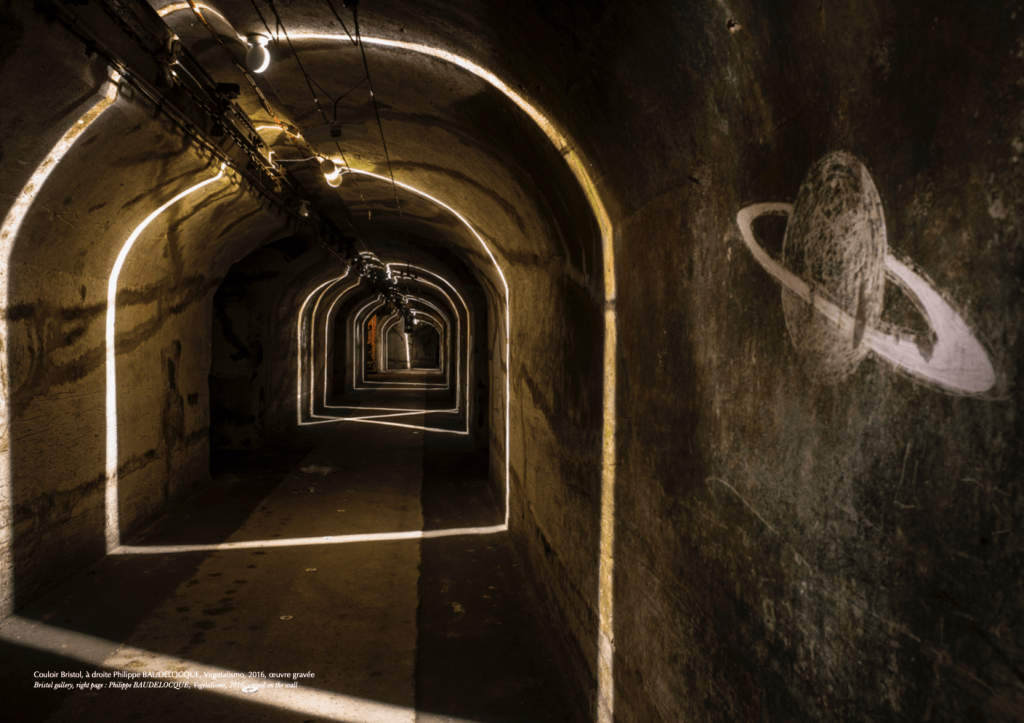 The art collection seen throughout Maison Pommery is made of the memories of past exhibitions in the cellars of the Domain Pommery Reims. New exhibitions are offered every year, typically from April through November. They are quite extensive and require three to four months to produce. At Pommery, they believe the art installations are equally as important as their champagne harvest, which Madame Vranken attributes to “one of the greatest moments of the year.”
The art collection seen throughout Maison Pommery is made of the memories of past exhibitions in the cellars of the Domain Pommery Reims. New exhibitions are offered every year, typically from April through November. They are quite extensive and require three to four months to produce. At Pommery, they believe the art installations are equally as important as their champagne harvest, which Madame Vranken attributes to “one of the greatest moments of the year.”
The artists are selected by Madame Vranken and a curator that changes with each exhibition. They choose a theme and then select the artists from there. The artists are received individually and the artwork is presented in the cellars at the beginning of the project. Madame Vranken also says “most of the art pieces are special productions for the exhibition. Only a few will reach the collection, pieces we particularly appreciate. Every exhibition is a new Arty Adventure, each including 40 different pieces.”
Pommery produces an inspiring video of their art installations, some with placement in their caves, some pieces of the collection spread out in the Domain Pommery, and some presented in the offices where the employees of Pommery can enjoy seeing them.
 The exhibition is open to the public through visits to the cellars, which are usually open daily. Although hPommery is currently closed due to COVID-19, they are continuing to work towards their new exhibition, which they anticipate will be open at the beginning of June in a new space, The Cellier Pompadour.
The exhibition is open to the public through visits to the cellars, which are usually open daily. Although hPommery is currently closed due to COVID-19, they are continuing to work towards their new exhibition, which they anticipate will be open at the beginning of June in a new space, The Cellier Pompadour.
To see a spectacular video of their cellar and art installations, visit the RAVE Virtual Art Experience site: https://redwoodartgroup.com/rave/pommery-champagne/
To learn more about Pommery and its art installations visit their website: https://www.champagnepommery.com/home
